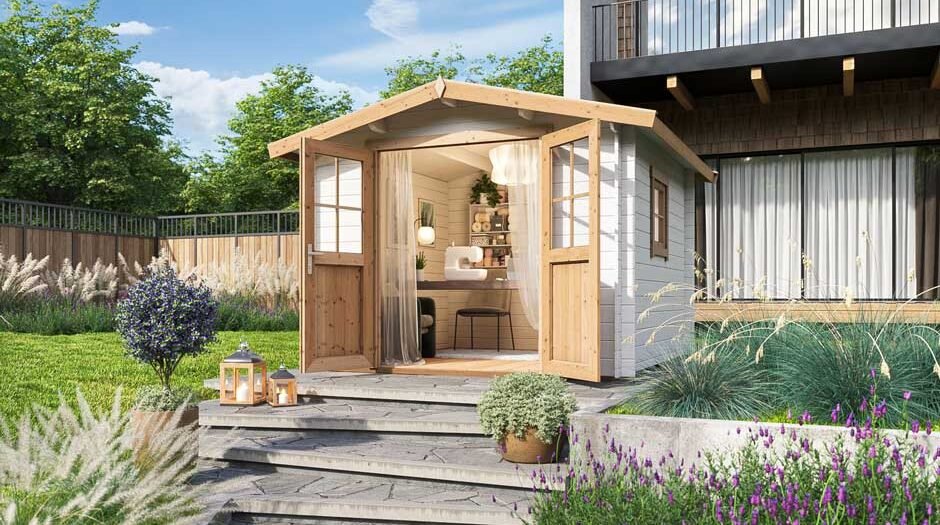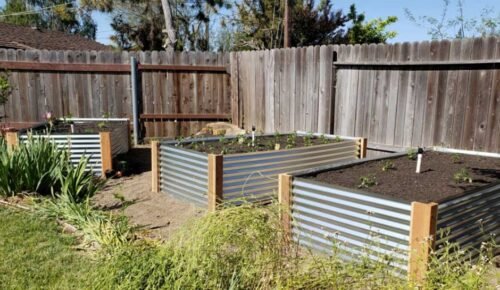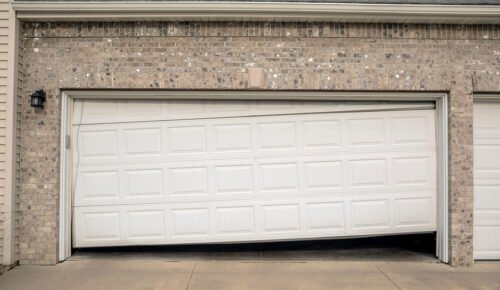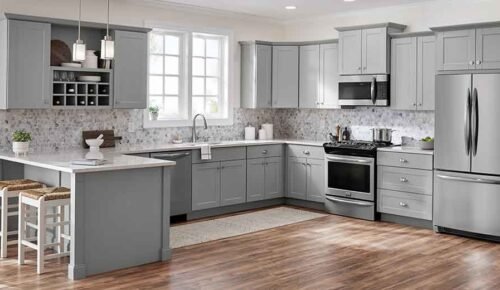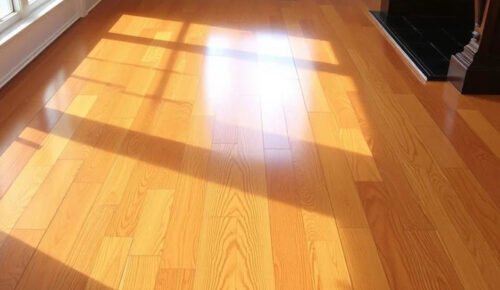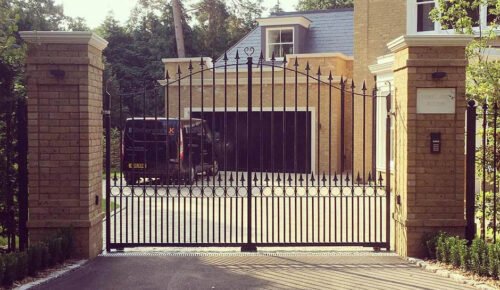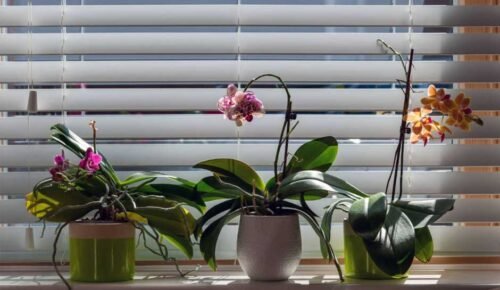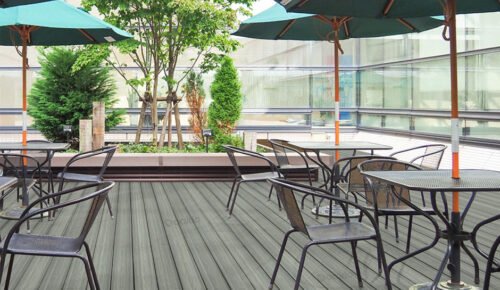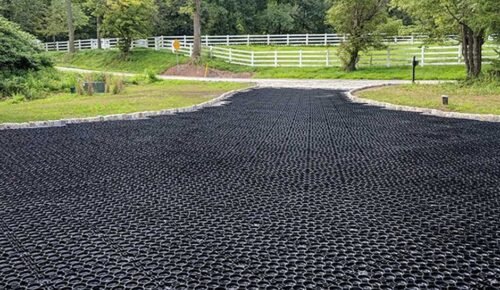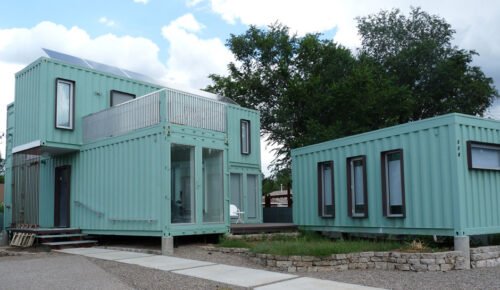Looking for a charming and functional addition to your garden? Wooden garden sheds are the ideal solution for homeowners who want to combine practical storage with an aesthetically pleasing structure. These versatile sheds offer a blend of natural beauty, durability, and functionality, making them a popular choice for gardeners and outdoor enthusiasts alike. In this article, we’ll explore the advantages of wooden garden sheds, the variety of styles available, and tips for choosing the right one for your outdoor space.
Why Choose Wooden Garden Sheds?
Wooden garden sheds are more than just a storage space; they bring warmth and character to your backyard. Here are some key reasons why wooden sheds are a fantastic choice:
- Natural Aesthetic: Wood blends seamlessly with garden environments, offering a rustic and timeless appearance that complements the natural landscape.
- Customizable: Wooden sheds are highly customizable in terms of size, shape, and finish. You can paint or stain them to match your home or garden décor, and they can be easily modified with windows, shelves, and other features.
- Durability: When properly maintained, wooden sheds can last for years, offering both weather resistance and structural integrity.
- Eco-Friendly: Wood is a renewable resource, making wooden sheds an environmentally friendly option, especially when using sustainably sourced timber.
- Versatile Uses: Beyond storage, wooden garden sheds can be transformed into workshops, potting sheds, home offices, or even a cozy garden retreat.
Types of Wooden Garden Sheds
Wooden garden sheds come in a wide range of styles and sizes to suit different needs and tastes. Here are some popular types:
- Traditional Apex Sheds: These classic sheds have a peaked roof, offering plenty of headroom and storage space. They are ideal for storing tools, garden equipment, and outdoor furniture.
- Lean-to Sheds: A great space-saving option, lean-to sheds are built with one side sloping downward, perfect for smaller gardens or for positioning against a wall or fence.
- Corner Sheds: These compact sheds are designed to fit neatly into the corner of your garden, maximizing space while still providing adequate storage.
- Potting Sheds: These sheds feature large windows and workbenches, making them ideal for gardeners who need a space to pot plants and tend to their gardening needs.
- Cabin-Style Sheds: With their log cabin appearance, these sheds offer a cozy and inviting look, often used as a garden retreat or outdoor office in addition to storage.
Tips for Choosing the Right Wooden Garden Shed
Selecting the perfect wooden garden shed requires some thought and planning. Here are some tips to help you make the right choice:
- Assess Your Storage Needs: Before selecting a shed, think about what you need to store. Do you need space for gardening tools, bicycles, or outdoor furniture? Make sure the shed is large enough to accommodate all your items without being too oversized for your garden.
- Consider Your Garden Layout: Take measurements of your available garden space and choose a shed that fits comfortably. Consider access points, pathways, and whether the shed will block sunlight to other areas of your garden.
- Think About Maintenance: Wooden sheds require regular maintenance to ensure they remain in good condition. Choose high-quality treated wood to minimize rotting and warping, and be prepared to repaint or restain the shed periodically.
- Plan for Future Uses: If you foresee using the shed for more than just storage, such as a workspace or garden studio, consider adding features like windows, electricity, or insulation.
Maintaining Your Wooden Garden Shed
Proper maintenance is key to extending the lifespan of your wooden garden shed. Here are some simple maintenance tips:
- Treat the Wood: Apply wood preservatives or stains to protect against moisture, UV rays, and insects. Regular treatment helps prevent rot and maintains the shed’s appearance.
- Check for Leaks: Inspect the roof regularly for leaks or damage. Replace damaged shingles or roofing materials to prevent water damage to the shed’s interior.
- Keep the Shed Elevated: Place the shed on a solid, raised foundation to prevent moisture from the ground from seeping into the wood. This helps reduce the risk of rot and increases the shed’s durability.
- Clean Regularly: Keep the shed clean and free from debris. Leaves, dirt, and moisture can accumulate and cause damage over time.
Conclusion
Wooden garden sheds are a fantastic addition to any outdoor space, offering both practical storage and visual appeal. Whether you’re looking for a place to store gardening tools, an outdoor workshop, or simply a charming structure to enhance your backyard, wooden sheds provide a versatile and durable solution. With proper maintenance and the right design, your wooden garden shed will be a beautiful and functional part of your garden for years to come.
